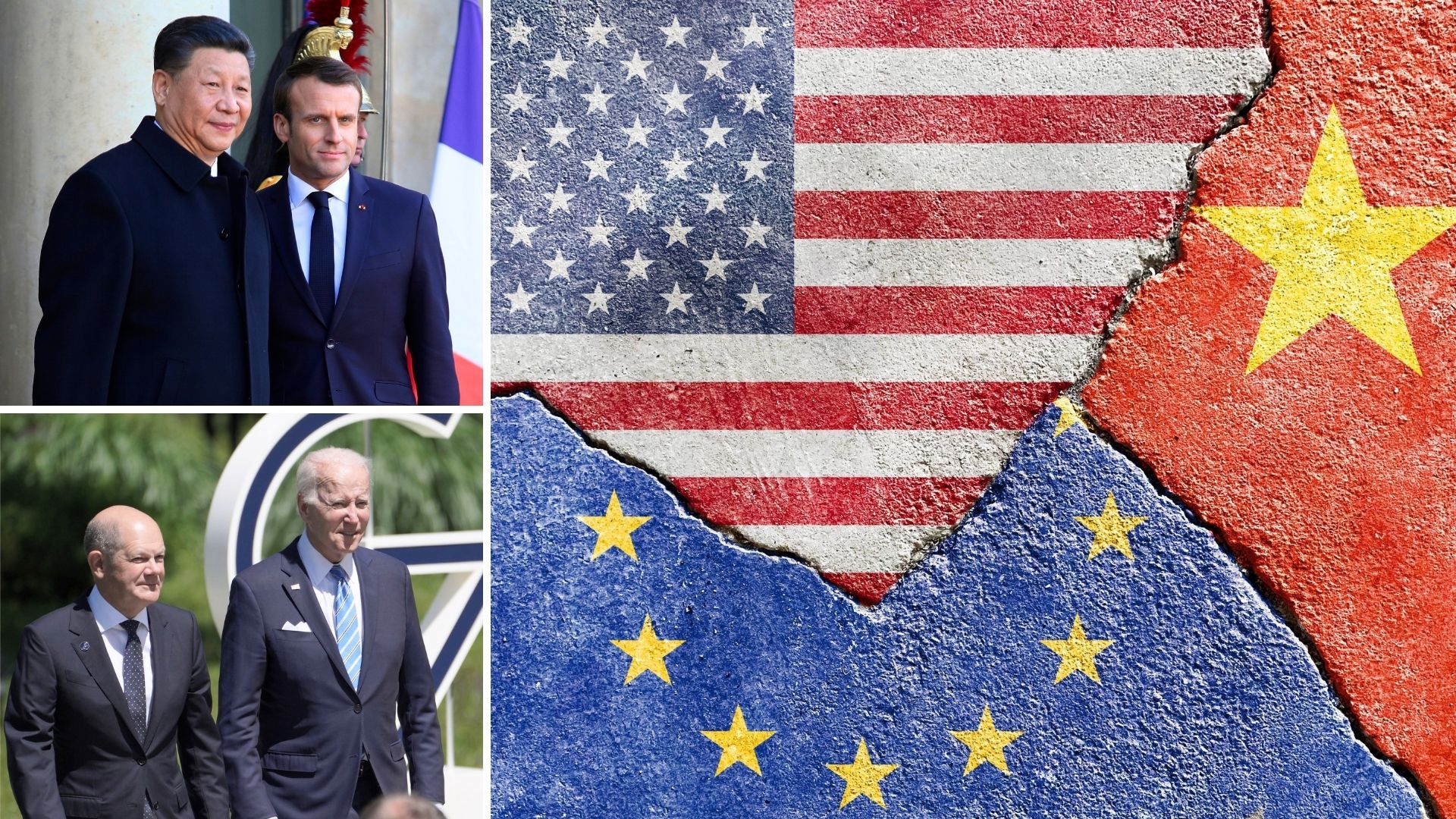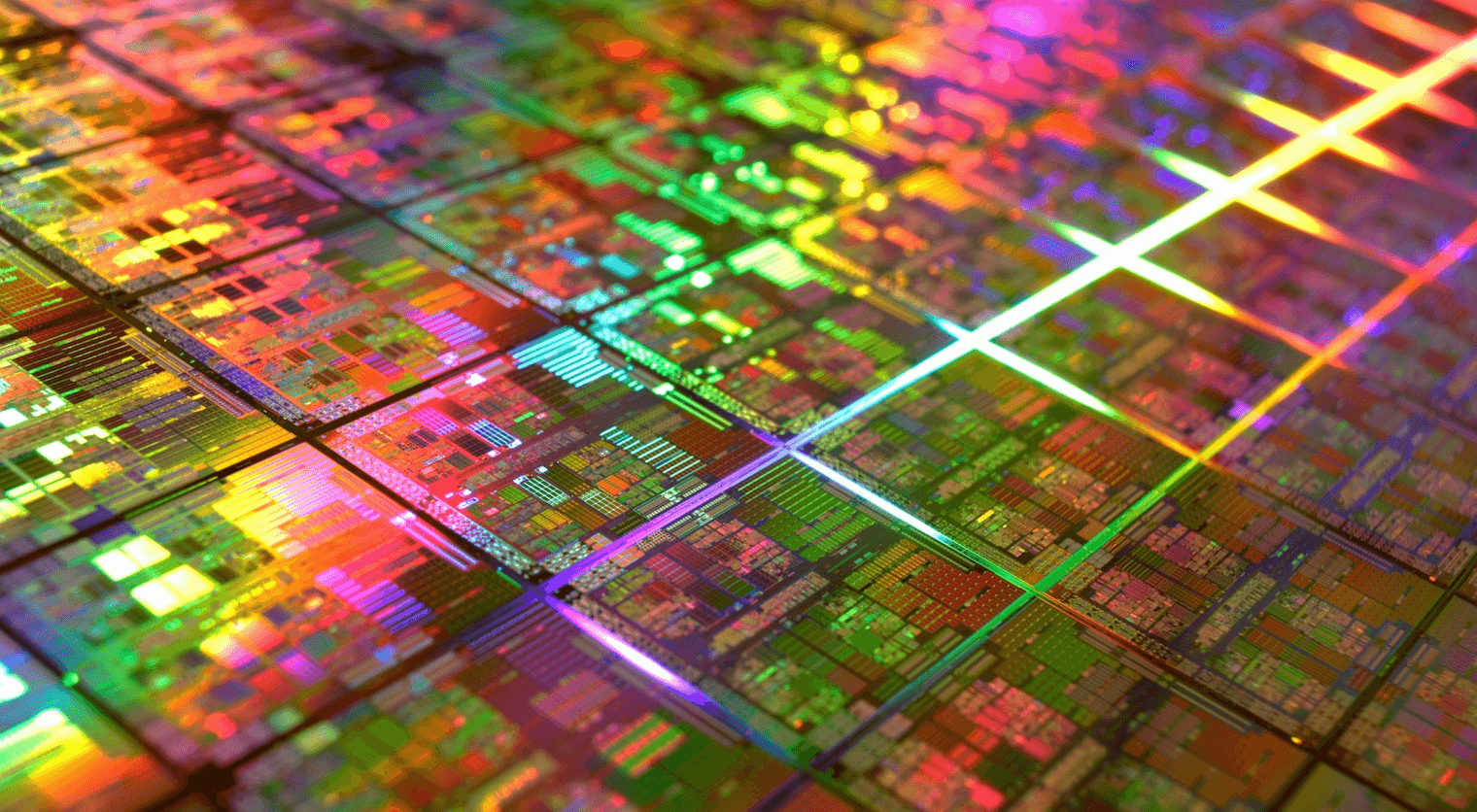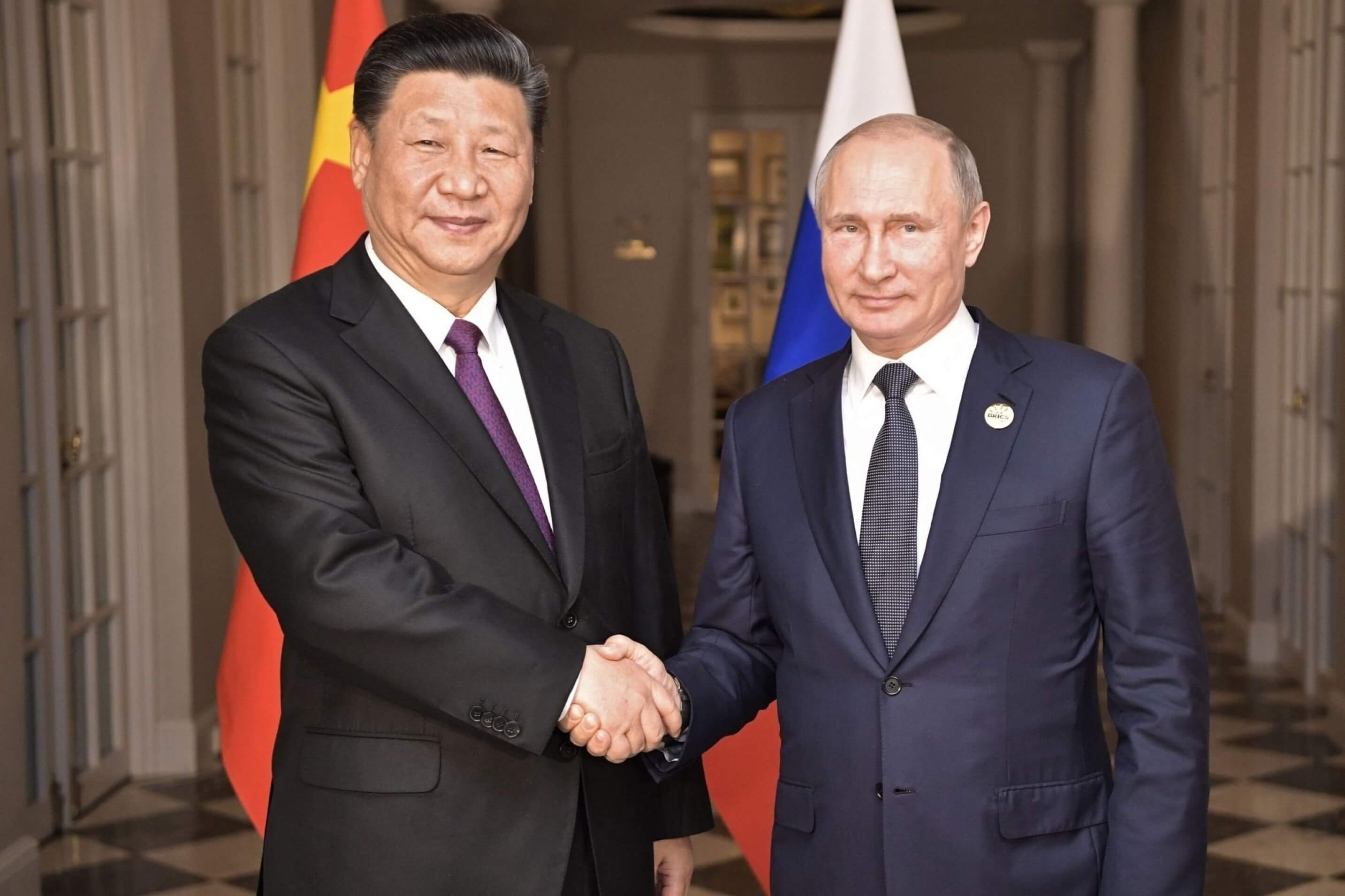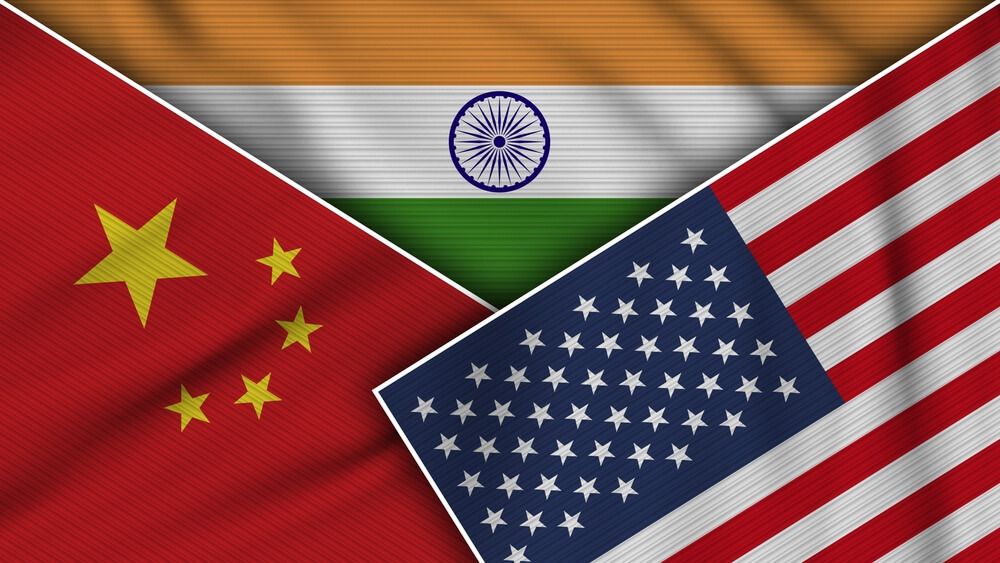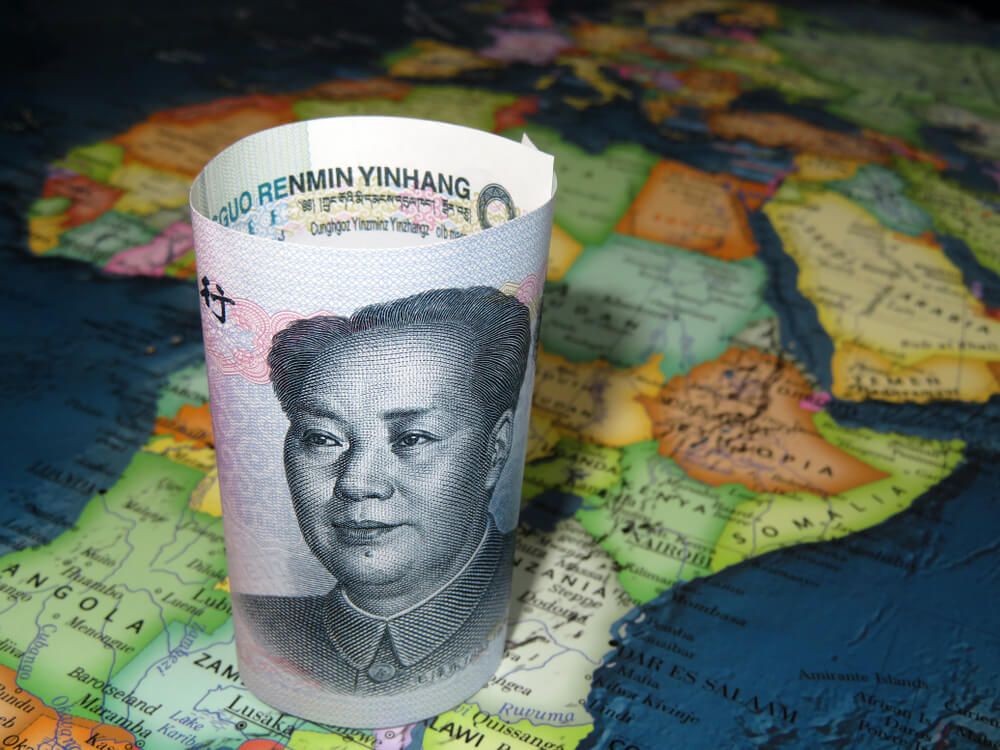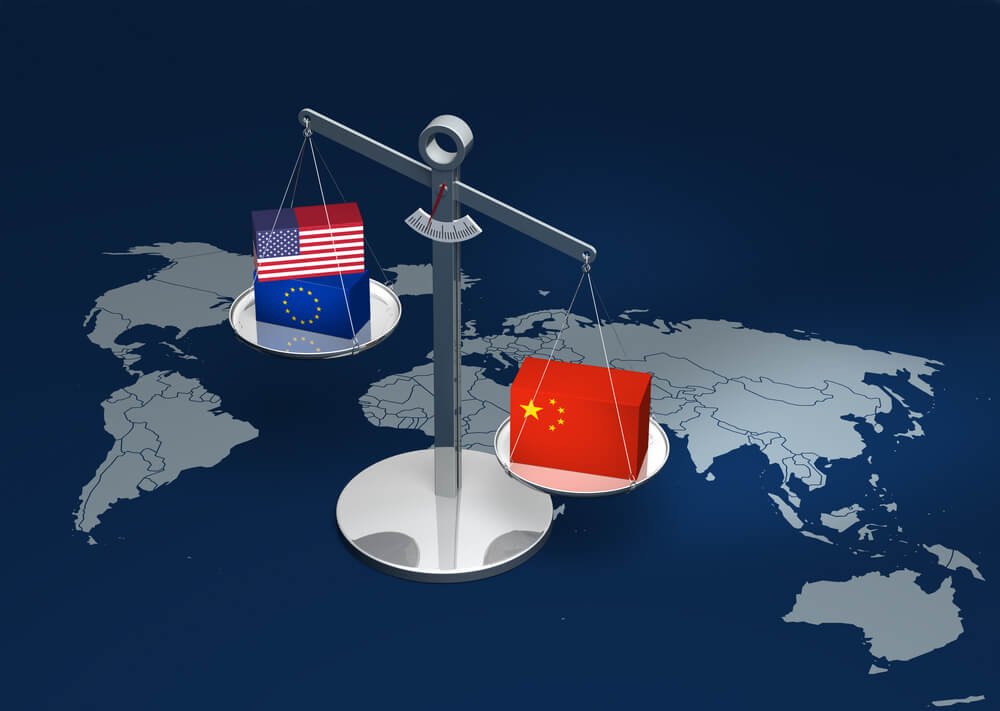The intensification of Sino-American rivalry is particularly visible in a small number of strategic technological sectors. Foremost among them, and already central to US-Japan competition in the 1980s, is the semiconductor industry, which manufactures the electronic chips that are now omnipresent in civil and military technologies. The various measures, incentivizing or restrictive, recently taken in this sector by the Chinese and American governments are not without consequences for Europe.
Subsidy One-Upmanship
The risks (highlighted by the pandemic, climate hazards, and geopolitical tensions) that weigh on the globalized semiconductor value chain, and the indispensable nature of these chips, have pushed Beijing and Washington to take steps to secure their supply chains and reduce their dependencies.
For almost ten years, China has been using massive subsidies (estimated at over $150 billion since 2015) and political incentives to develop its national capacities, with the aim of reducing its heavy dependence on foreign integrated circuits. The United States, concerned by China’s efforts and by its own waning capacity to manufacture chips on American soil, has also chosen to make significant investments in the sector. The Chips and Science Act, passed in the summer of 2022, allocates $52 billion of subsidies over five years to strengthen US research and development capacities as well as domestic semiconductor production.
Freezing in Place Chinese Capacities
Beyond these incentivizing measures, American determination to “maintain as large of a lead as possible”—as Jake Sullivan, the US national security advisor, put it—over China in strategic sectors has led to new restrictions in the semiconductor domain. The importance of these chips for both civil and military technological power, and the leadership of the United States and its allies in key segments of the supply chain, make the sector an Achilles heel for China and a key part of the American containment strategy. Thus, in late 2022 and early 2023, two important shifts took place.
On October 7, 2022, the US Department of Commerce imposed new controls on the exports to China of high-end semiconductors and the equipments and softwares needed to manufacture them. These regulations marked a clear departure from the US doctrine in force for more than twenty years, first because they target a single country (while export control regimes since the end of the Cold War had tended to target_ technologies_ linked to weapons), and second because they target technologies that are primarily commercial. Washington’s objective is clearly to contain Chinese progress in this sector, or even to degrade its existing capacities.
Then, in January 2023, to broaden the scope of these restrictions—which already had an extraterritorial dimension—the Biden administration struck a secret deal with Japan and the Netherlands. These two countries, suppliers of equipment essential to the manufacture of advanced semiconductors, agreed to restrict their exports of this equipment to China. This deal is an important win for the American government, but it raises questions about the position of the European Union (EU).
A Double Constraint for Europe
These restrictions illustrate Washington’s willingness to use different tools to achieve its objective of containing China: negotiations with the European Union (through the Trade and Technology Council [TTC], for example), but also unilateral recourse to the extraterritoriality of US law and direct bilateral talks with an EU member state such as the Netherlands. In the last two instances, the EU’s ability to influence negotiations with Washington is limited, even though these restrictions will have consequences across the continent.
In terms of investments, as the European Parliament considers its own support package for the semiconductor industry, the subsidies announced by the United States and China (as well as South Korea and Japan) have created the risk of a costly subsidy race. The transatlantic cooperation envisaged by the TTC will need to be strengthened if this risk is to be allayed.
Sino-American competition therefore imposes a double constraint on European ambitions concerning chips: subsidy one-upmanship and limits on exports to China. The possibility of Chinese reprisals and the promise of new American restrictions risk amplifying this constraint in the coming years.

